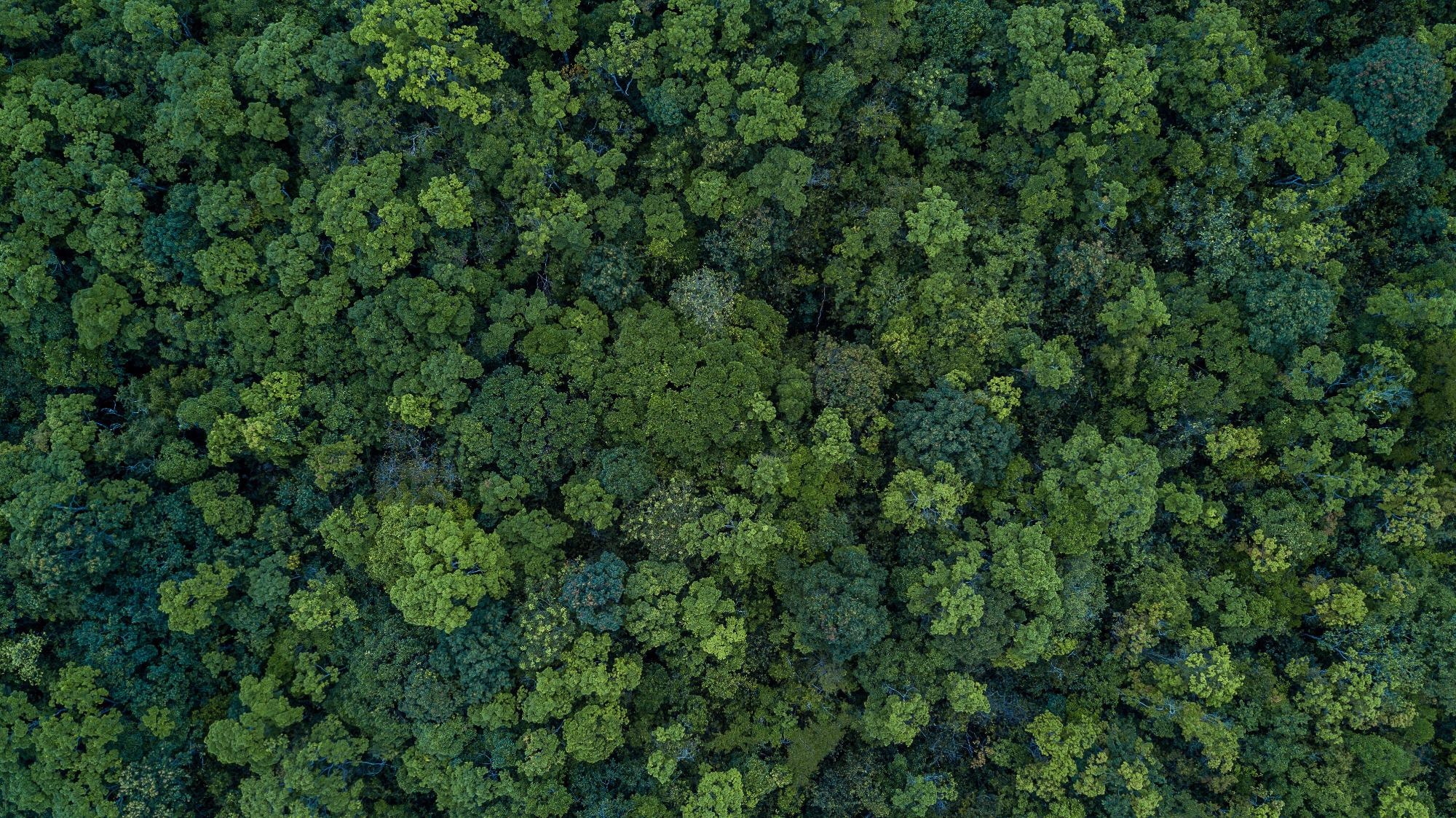
Image Credit: Shutterstock.com/ Avigator Fortuner
However, significant threats like large-scale land-use variations, such as clear-cutting and agricultural expansion, have made these biodiverse havens one of the most threatened habitats present on Earth.
The scientists involved in the study have launched the special tropical rainforest index (TFVI), which is considered a baseline for rainforests throughout the world. The study was reported in the scientific journal One Earth on Friday, July 22nd, 2021.
The researchers aim to detect and assess the susceptibility of rainforests to growing risks. National Geographic and the Rolex Perpetual Planet Initiative have offered financial support for the endeavor.
TFVI offers a snapshot of long-term observations, which started in 1982.
Through this new index, we now have not only global coverage, but uniformity. We can summarize critical information about the health of rainforests. It gives us a benchmark and provides information about looming, future changes.
Rodrigo Vargas, Professor of Ecosystem Ecology and Environmental Change, University of Delaware
By employing the latest satellite measurements, the researchers systematically examined the climate and vegetation of every tropical region present on Earth. The study results indicate that rainforests are lacking the ability to cycle water and carbon.
Vargas stated, “We are losing major hotspots for biodiversity and carbon pools. These are not small patches of land across the world; these are large sections of the Earth’s surface.”
Furthermore, the outcomes of the study denote that various regions of the tropics exhibit different responses to climate threats. Certain regions, such as Africa’s Congo basin, are considered to be the strongest compared to other parts of the world. The Amazon Basin displays large-scale exposure to drying conditions of air, common droughts and large-scale land-use variations.
In Southeast Asia, rainforests experience higher stress due to land use and species fragmentation than from the climate. This excludes the regions of peatlands that are currently subjected to greater risk of fire, during El Nino years.
There is no single solution, no silver bullet that will work in every tropical rainforest. This highlights the needs for localized solutions. But a general, global index also illuminates the need to design unified strategies to maximize the natural solutions that rainforests provide.
Rodrigo Vargas, Professor of Ecosystem Ecology and Environmental Change, University of Delaware
Systematically, the special tropical rainforest index demonstrates that the vulnerability of rainforests is far greater when compared to past predictions. Regions that are disturbed and fragmented have lost their flexibility to droughts and climate warming. The results of the study were probably of great concern indicating that rainforests cannot cycle water and carbon.
Tropical forests help by offering crucial environmental services and social advantages. These rainforests are altering from their historically, highly diverse status to fast-developing areas and managed land — one that lacks the potential to, for instance, sequester carbon from the air and promote biodiversity.
In addition to our moral responsibility to preserve our planet's biodiversity, because human’s actions are influencing the global climate, we must be prepared to manage the consequences of these changes.
Rodrigo Vargas, Professor of Ecosystem Ecology and Environmental Change, University of Delaware
Journal Reference:
Saatchi, S., et al. (2021) Detecting vulnerability of humid tropical forests to multiple stressors. One Earth. doi.org/10.1016/j.oneear.2021.06.002.